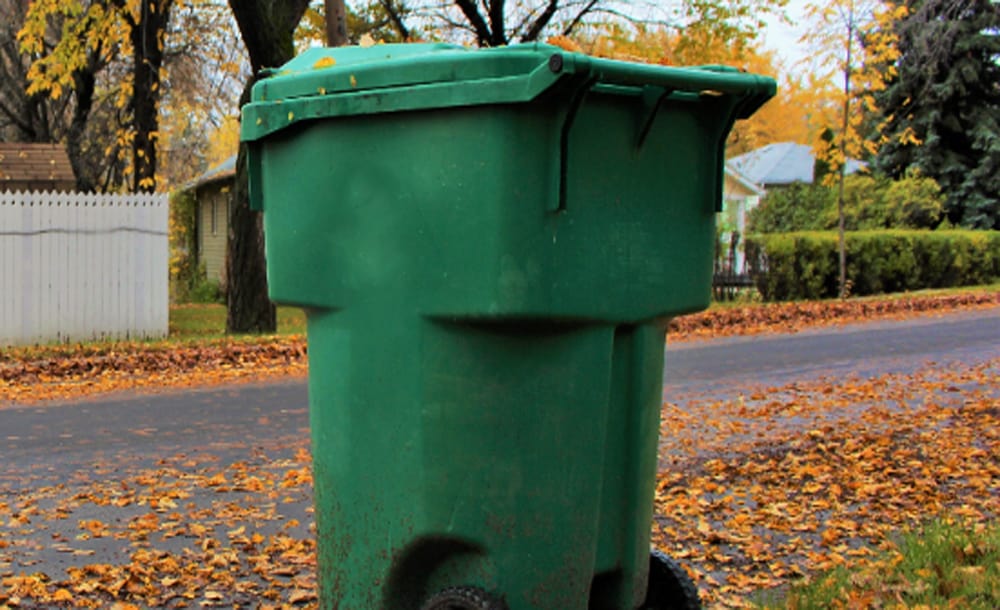Most folks in Ventura County are aware of many of the steps necessary to reduce greenhouse gas emissions — big-picture things such as converting the electrical power system to solar, wind and other renewable sources of generation, and replacing gas-fueled cars and trucks with zero-emission vehicles powered by electric batteries or hydrogen fuel cells.
But seemingly small things matter, too. For instance, something as mundane as how to dispose of avocado pits and skins after making guacamole, or what to do with the grounds after the morning coffee is brewed.
This is the year when Californians must start paying attention to such details. A new law kicked in on Jan. 1 requiring all local jurisdictions to adopt policies to sharply reduce the landfill disposal of organic wastes — yard waste, tree trimmings, and, yes, all those avocado pits, banana peels, apple cores and other food scraps that come from the kitchen. The goal is aggressive — to reduce those wastes in landfills by 75% below 2016 levels by 2025.
The objective is to reduce methane emissions. Although far less prevalent than carbon dioxide, methane is at least 25 times more potent at trapping heat in the atmosphere. It is also much shorter-lived than carbon dioxide, meaning that reductions in methane emissions can have a more rapid effect on reducing atmospheric warming than reductions in carbon dioxide emissions.
About a third of the waste stream in the state consists of organic waste, and the decomposition of these wastes buried in landfills accounts for about 20% of California’s methane emissions.
When organic waste decomposes in the absence of oxygen, methane gas is produced. When it is processed so that it breaks down above ground, in the presence of oxygen, only a small amount of methane results. The material can then be harvested for use as compost to enrich agricultural soils.
This virtuous process begins at the curbside. The county and all its cities will be ramping up efforts this year to educate consumers on how to separate organic materials from other wastes, and how to separate food wastes from other organic materials. Different jurisdictions have different preferences, so consumers must tune in to what processes are preferred in their communities.
We all have some time to practice and get used to the process. Penalties against jurisdictions found out of compliance — and, ultimately, possible penalties against consumers who don’t abide by the rules — won’t come into play until 2024.
To be sure, there will be a cost to this climate benefit. Statewide, the cost for collecting and processing will amount to billions of dollars spread over many years. The Legislature has made a down payment on that, allocating $170 million to CalRecycle over the last two years to build more organic waste infrastructure, but increases in trash collection rates can be expected in most jurisdictions.
Ventura County is home to the Oxnard-based Agromin, one of the state’s largest organic waste recyclers, and may be better poised to meet the new demand than other areas of the state. The company’s Limoneira facility near Santa Paula has plans to triple its capacity, and the permitting application is expected to come before the Board of Supervisors in the months ahead.
It also has operations at the Simi Valley landfill and at Ormond Beach. In addition, a large facility in Oxnard that will convert food waste to animal feed is in the works.
With nearly 100,000 acres in harvested crops, the county has ample demand for the soil enhancement all this recycled organic waste will provide.
A new chapter in California’s efforts to bring down greenhouse gas emissions is unfolding. It begins at your curbside. It’s time for all of us to pick up our kitchen scraps and pitch in.
–Ventura County Star Editorial Board, January 9, 2022

